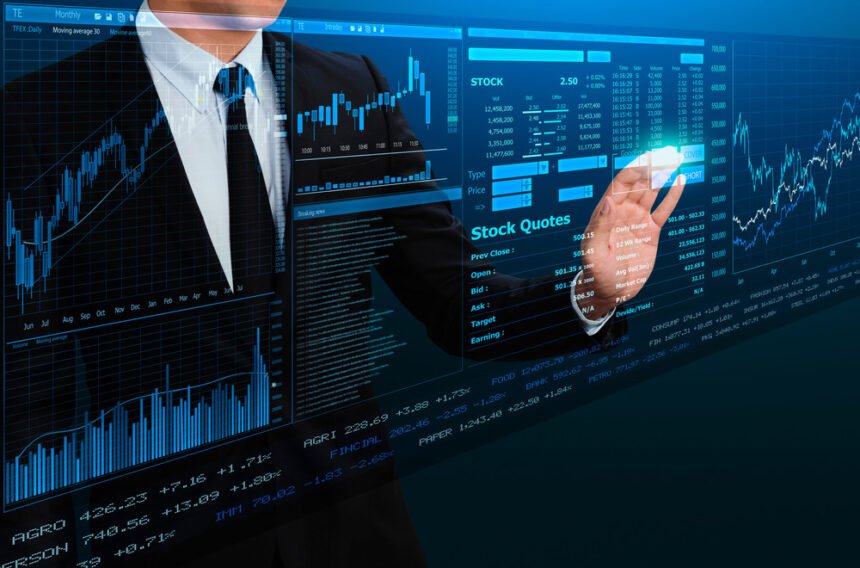The financial industry is incredibly dynamic. One of the reasons is its incredible resilience and dependence on rapidly changing technology. A prime example is the growing use of big data for stock future trading.
Predictive analytics models have proven to be remarkably effective with the stock futures market. One company that uses big data to forecast stock prices has found that its algorithms outperform similar forecasts by 26%.
Big data is changing the tide with stock futures trading
How do these algorithms work so effectively? They build complex machine learning models that rely on numerous pieces of information. Of course, they have to understand the basics of stock futures first. Some of the data that is incorporated into these algorithms is listed below.
Deciphering complex macroeconomic indicators
William O’Neill is the founder of Investor’s Business Daily and the author of “How to Make Money with Stocks.“ I first read his book in 1998. He made a very good point about studying the direction of a particular asset price. O’Neill wrote about a system with seven factors that he uses to forecast the prices of various assets. Keep in mind that the first several editions of the book were published long before “big data” was a household term.
The final factor that he talked about was “market direction.” He said that this was by far the most important factor and that investors will be wrong 75% of the time if they get this factor wrong, even if they are dead on the money with all the other factors.
O’Neill makes a very good point. The most important factor in determining the future price of any financial derivative like stock futures is the direction of the market as a whole. This variable is mostly influenced by the direction of the general economy.
This is one of the most important reasons to use big data in forecasting stock prices. A study by Matthew Harding of the University of California at Irvine and Jonathan Hersh from Chapman university found that machine learning is incredibly effective at identifying trends in the economy. One of the biggest benefits of big data is that it is able to infer causal relationships between independent and dependent variables, rather than merely determining correlation. This can be very important for anybody that is trying to identify economic outlooks in any region.
Savvy investors will use similar algorithms to identify the direction of the economy. These data driven models can be incorporated into investing tools by factoring the beta coefficient between the asset and projected direction of the economy.
The Institute for the Study of Labor has talked about the use of big data in economic forecasts. Investors take it a step further and build the data into a model that projects market prices.
For example, if a big data model suggests that the economy is likely to trend down words in the near future, then investors can use this information to take long positions with assets that have strong negative beta coefficients or a short positions with assets that have positive beta coefficients.
Identifying possible sources of lesser known information
One of the biggest debates between stock market investors is the existence of the Efficient Market Hypothesis. The Efficient Market Hypothesis suggests that it is impossible to outperform the market long-term by making strategic decisions, because all known information is easily available to the entire investing community. The only way that the efficient market hypothesis doesn’t hold up is in the presence of insider information.
Even if this theory held true during the 20th century, it doesn’t seem to be nearly as relevant in the age of big data. Big Data gives resourceful investors the opportunity to drill for relevant information that can influence the direction of the markets.
The trick is to know what big data sources to use to find this information. Successful investors look for seemingly mundane information that can have profound impact on the market. This can require complex analytics algorithms that assess the long-term performance of various variables on different assets over the years. These investors might use big data to find correlations between seemingly innocuous economic indicators and asset prices, which open the door for highly profitable trading opportunities.
Big data is the key to successful stock future trading
Successful investors recognize the importance of technology. In 2020, they utilize big data algorithms to forecast trends and identify the most profitable trading opportunities. These algorithms have proven to be incredibly effective, but they must also be used alongside sensible Investing principles.

